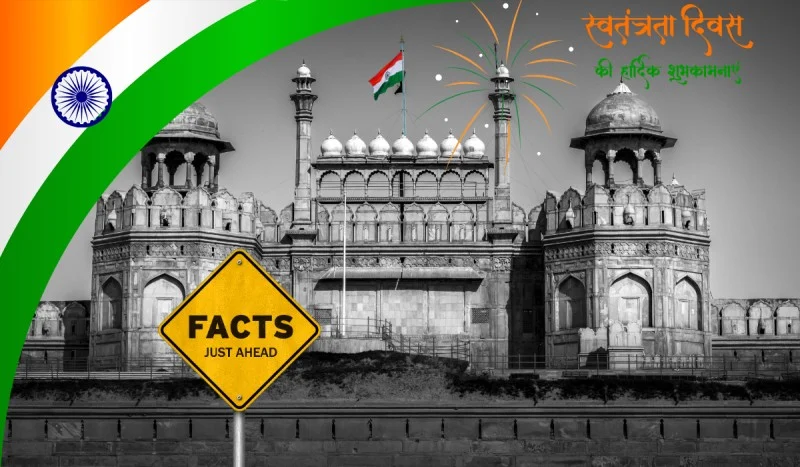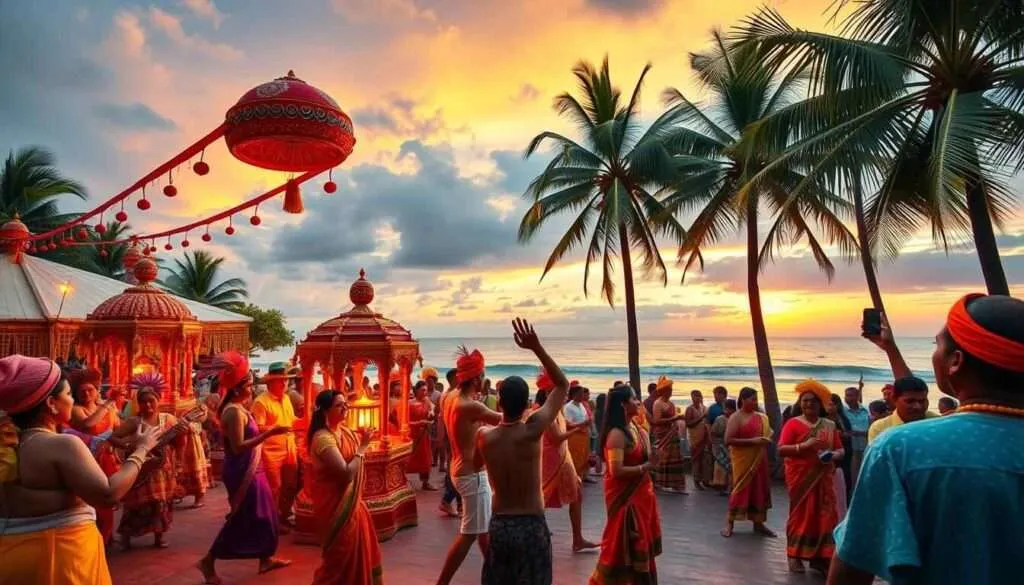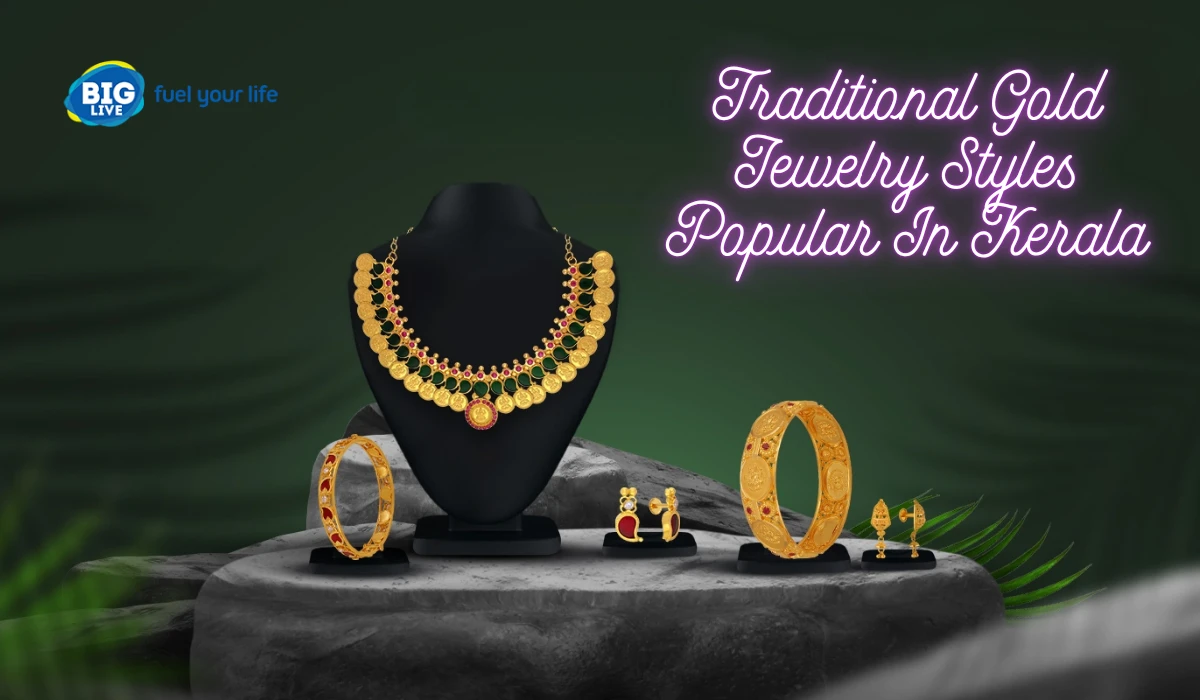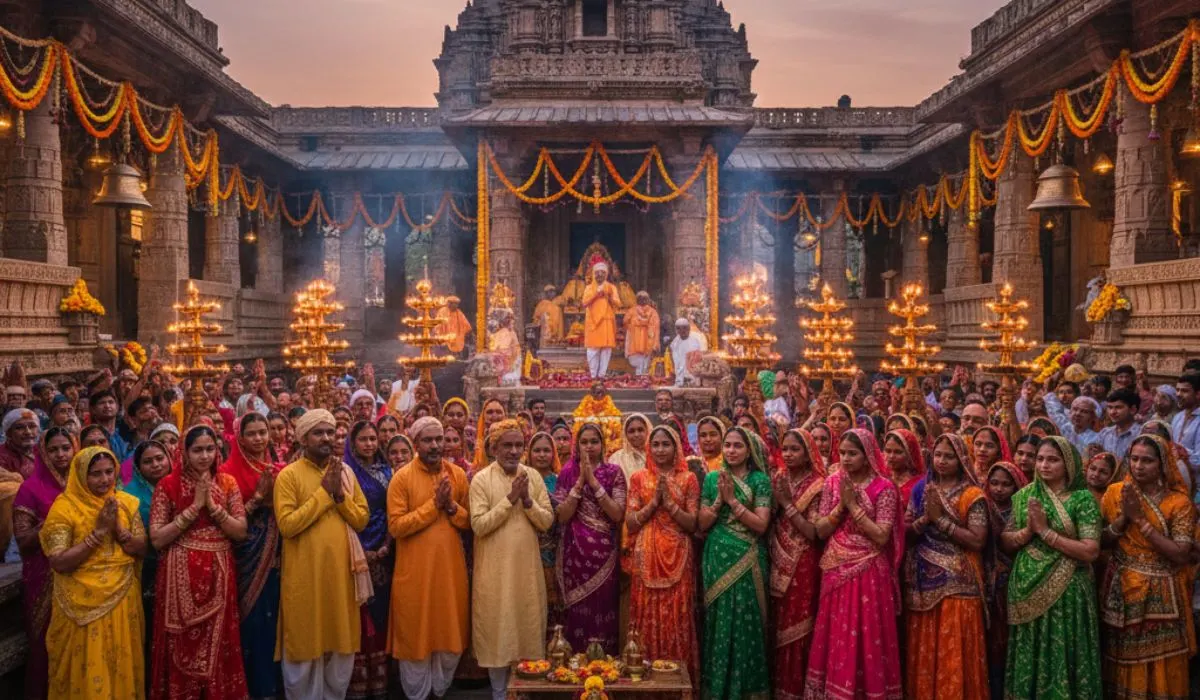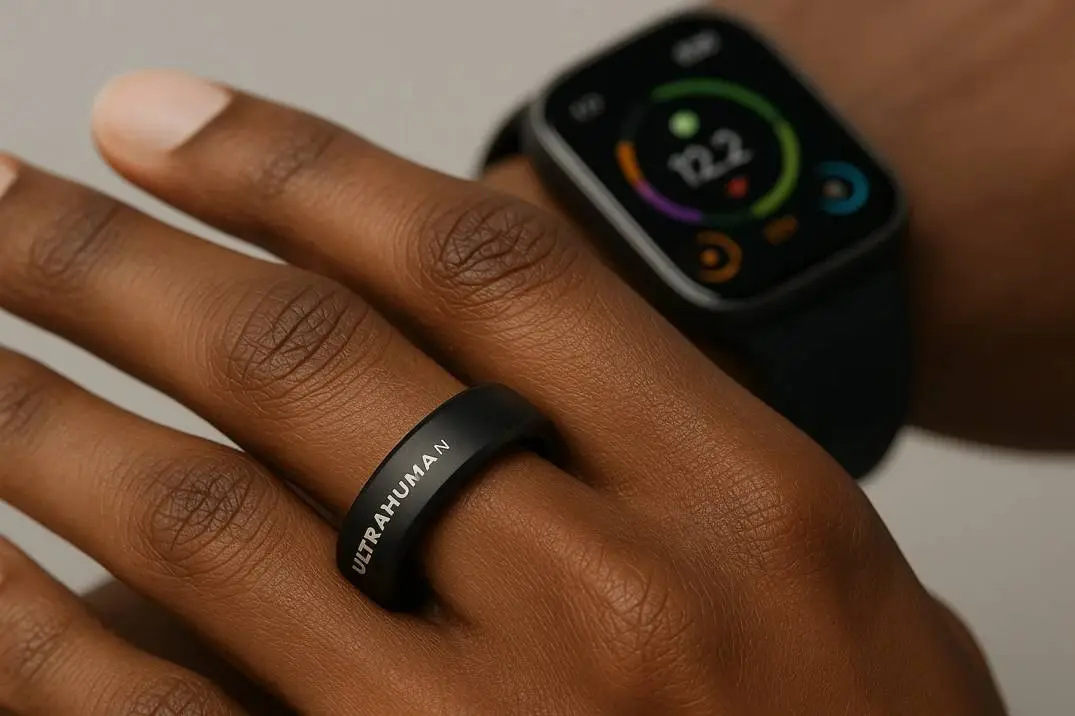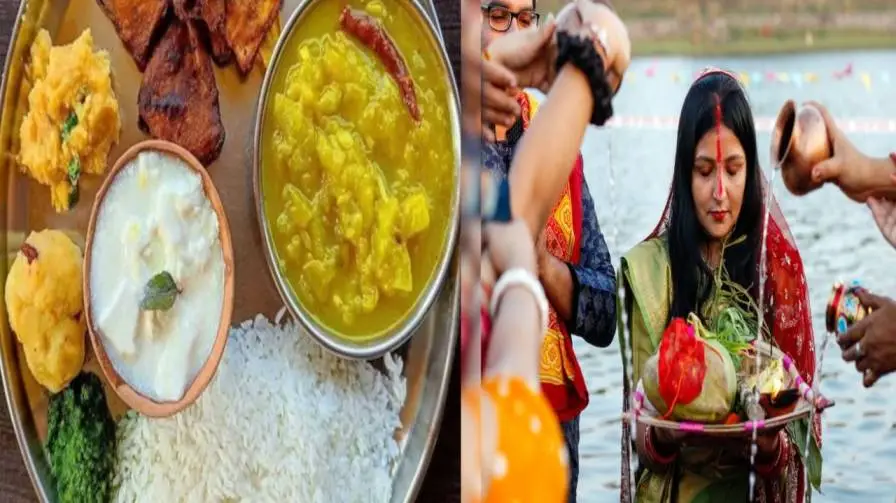In August, we celebrate Indian Independence Day. On August 15, 2025, India will celebrate its 78th Independence Day. Before the British created the East Indian Company, which operated from 1757 to 1857, the nation was ruled by the British Crown from 1858 to 1947. The first major rebellion against British control, known as the Indian Rebellion of 1857, took place in 1857. After this, the British put their hold on the Indian subcontinent. Involved in the Indian Independence Movement, a number of independence fighters valiantly opposed the British and drove them out on August 15, 1947.
10 Interesting Indian Independence Facts
1. Only in 1950 was the Indian National Anthem agreed.
India has no official national anthem at the time of its independence. The Indian Constituent Assembly named Rabindranath Tagore's 1911 work Bharoto Bhagyo Bidhata "Jan Gan Man" and chose it as the country's anthem on January 24, 1950.
Read also: Independence Day History and Importance in India
2. The first time the Indian flag was flown was in 1906.
The Indian national flag, which features three horizontal red, yellow, and green stripes, was hoisted in Kolkata's Parsee Nath Square on August 7, 1906. Pingali Venkayya created the original version of our current flag in 1921. The current flag, which features the 24-spoke Ashok Chakra and bands of saffron, white, and green, was formally adopted on July 22, 1947, and raised on August 15, 1947.
3. August 15th was chosen as Indian Independence Day by Lord Mountbatten.
Despite the fact that the Indian Independence Act was enacted on July 18, 1947, Lord Mountbatten decided that August 15th should be the day of Indian independence because it was the same day that Japan fell to the Allied Forces following World War II.
4. A novel that used our national anthem, "Vande Mataram"
It is true that Bankim Chandra Chatterjee's 1880s novel Anandamath included the national song "Vande Mataram." Rabindranath Tagore sang this song for the first time in 1896.On January 24, 1950, Vande Mataram became the official national anthem.
5. The Oxford Line first came out on August 17, 1947.
On August 3, 1947, Sir Cyril Radcliffe finished drawing the Radcliffe Line, which defined the Indian and Pakistani parts of Bengal and Punjab. Only two days after India gained independence from the British, on August 17, 1947, was it formally published.
Read also: Easy Independence Day Craft Ideas for School Children
6. Rabindranath Tagore authored the national anthem of Bangladesh.
Rabindranath Tagore wrote "Amar Sonar Bangla" in 1905. In 1971, during the liberation war, the first ten lyrics of this song were made the country's national anthem.
7. He asked in a letter to the PM that CMs raise the flag on Independence Day.
Until 1973, the Governors of the individual states unfurled the national flag on Independence Day. Only in 1974 did the chief ministers of the individual states begin to raise the Indian flag. The chief minister of Tamil Nadu, M Karunanidhi, had an important part in starting that custom. He wrote a letter to the then Prime Minister of India, Indira Gandhi, noting the dissimilar practice followed in Delhi. The Central government agreed with this proposal.
8. August 15th is Independence Day in 5 More Countries
Five other nations observe Independence Day on August 15th, in addition to India. They include Bahrain, Liechtenstein, the Republic of Congo, and North and South Korea.
9. In 1961, Goa became the final state to join the Indian Territory.
Goa continue to be ruled by the Portuguese even after India gained freedom on August 15, 1947. Only in 1961 did Indian troops annex it to India. Goa was thus the final state to become a part of India.
10. There is just one site in India where the Indian flag is manufactured.
The Indian flag is made and supplied in just one place in the country. Based in Dharwad, Karnataka, the Karnataka Khadi Gramodyoga This Sangha (KKGSS) is able to produce and provide the Indian flag. The national flag is made entirely of hand-spun and hand-woven linen khadi bunting, according to the Ministry of Indian Standards. The ten fun and little-known facts about Indian Independence Day are listed here. I hope you had fun reading!
Read also: Independence Day Decoration Ideas In School
Why this confusion?
Since they begin the counting by deducting 1947 (the year of freedom) from the current year, 2025, and arrive at 78, many people are confused as to whether India marks its 78th or 79th Independence Day.(2025-1947=78) This counts the number of years of freedom won rather than the number of celebrations. The Indian flag is made and supplied in just one place in the country.
The Bangalore Khadi Gramodyoga This Sangha (KKGSS) is based in a suburb of D Karnataka, and may make and sell the Indian flag. According to the Bureau of Indian Standards, the national flag is made totally of hand-spun and hand-crafted cotton khadi bunting.
When people start counting at zero or only count years rather than the day freedom was first received, they do it wrong. The official count, which is supported by historical sources and the government, always begins with the first celebration of India's independence on August 15, 1947.
Conclusion
Indian Independence Day serves as a reminder of the bravery, unity, and sacrifices that shaped the country as well as to being a celebration of freedom. Beyond the well-known legends, the lesser-known details of the historic event shed light on the core facets of India's independence movement and the tenacity of its citizens. Every detail enhances the context of this milestone, from the symbolic meaning of August 15 to the tales of unsung heroes and unique occasions that made up the trip. The legacy of our past will continue to inspire future generations to protect and cherish our nation's hard-won freedom by bringing these hidden stories to mind when we hoist the tricolor and celebrate our freedom.
FAQ's: Unknown Facts About Indian Independence Day
Did you know facts about Indian independence?
In 1961, Goa became the final state to join the Indian Territory. Goa continued to be ruled by the Portuguese even after India gained freedom on August 15, 1947. Only in 1961 did Indian troops annex it to India. Goa was thus the final state to become a part of India.
What is an interesting fact about Independence Day?
James Monroe, Thomas Jefferson, and John Adams all passed away on the Fourth of July. In 1826, Adams and Jefferson passed away within hours of one another on the same day. The Declaration of Independence's 56 authors did not sign on July 4, 1776, or equally.
Who is the 50 Indian freedom fighter?
On the other end of the range, Mahatma Gandhi, Mangal Pandey, Bhagat Singh, Subhash Chandra Bose, Veer Savarkasr, Lokmanya Tilak, and Chandrashekhar Azad supported the use of violence to achieve the elusive freedom and independence.
Who was the 12 year old freedom fighter?
He is Baji Rout, an Odisha native and one of India's youngest freedom warriors. At the age of twelve, he achieved Veergati. After losing his father when he was still a baby, Baji Rout began working as a boatboy at an early age to support his family.



